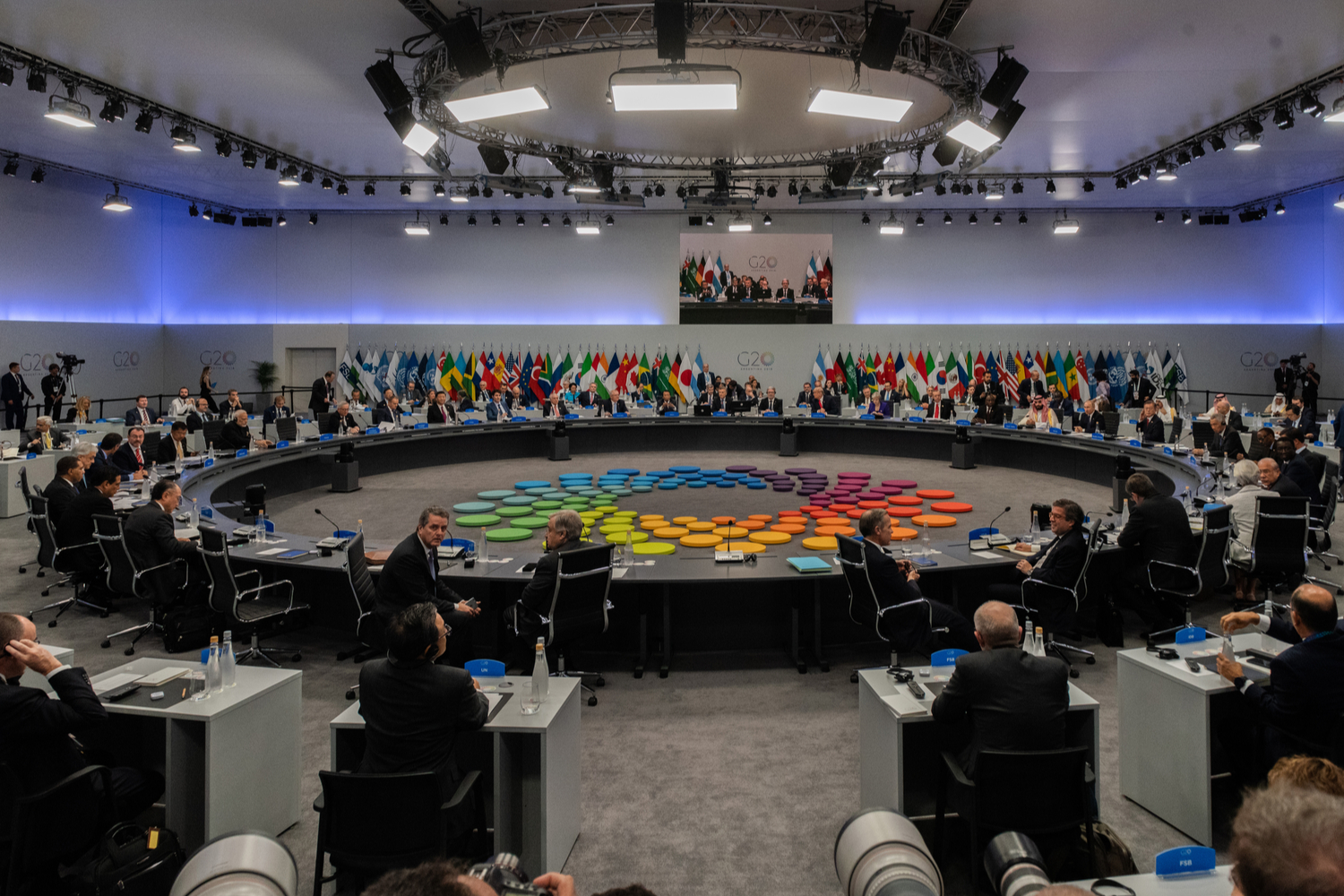A ‘Super App’ May Be Web3’s Super Power
Twitter version (v)2, the so-called “super app,” is … never going to happen. But by putting a dogecoin avatar on the Twitter website, Elon Musk at least made a feint in the right direction.
The idea of a super app is more vapor than reality. Failed attempts have been many. Partial examples exist in Southeast Asia and in Apple’s App Store on the iPhone – but the only fully fledged “app for everything” is WeChat, and its circumstances as one of the most popular apps in China are unique.
Galen Moore is the content lead at Axelar, which is building interoperable Web3 infrastructure.
To build Twitter into anything like WeChat, Musk would have to rebuild Twitter – and essentially every service that’s been built on the internet since 2004 because Big Tech’s “walled gardens” do not always communicate.
The only way to build actually build a super app is with decentralized applications, also known as dapps. These open-source applications are open in a way that not only frees computer code but frees entire networks of internet participants.
In short, developers on the decentralized Web benefit not only from composable software functions, i.e., blocks of code that are easy to integrate into other open-source projects, but also composable network effects. That is the aggregate value that participants add to a network, which can be snapped in like a Lego piece.
Network effects and moats
Network effects are the heart of many of the most valuable technology businesses in the world: Facebook, Google and Apple at the top; Airbnb, PayPal and Uber a tier or two below, but similarly impressive. The line between these successes and the many technology mediocrities is often drawn between those that have network effects and those that do not.
It’s easy to see why the “network-effect moat” is a pitch-deck staple. With network effects, the greater the effect, the wider the moat. Juggernaut companies of the U.S. consumer web have gotten very good at this kind of logic, and they have no incentive to lower the drawbridge for the likes of Twitter – or nearly anyone else.
Nearly, because there is one notable exception – the marriage of convenience between Apple and Google that puts Google search all over Apple devices. Apple is the largest producer of consumer tech hardware; Google is perhaps the single most important consumer web company. This relationship, which regulators have targeted, is worth billions to both companies.
The exception that is Apple and Google proves the rule: No super apps can form in this mercantilist internet economy where companies hoard networks like colonial powers hoarded precious metals.
Regulatory pressure and trust
In a hearing before Congress last month, TikTok CEO Shou Zi Chew said, “It is our commitment to this committee and all our users that we will keep [TikTok] free from any manipulation by any government.” Imagine how much easier Chew’s job would be, if he could cryptographically prove it.
The U.S. Justice Department is intensifying antitrust enforcement against both Apple and Google, distinct from its action against the two companies’ long-standing partnership on search. Imagine the Capitol Hill hearings in an unlikely scenario where – through acquisition or sheer ingenuity – one Silicon Valley giant did develop a super app capable of spanning multiple verticals.
WeChat, meanwhile, is in a different kind of hot seat – connected closely to the government in Beijing and used by it for censorship and surveillance, not to mention public service announcements. It’s ubiquitous and, to its users, essential: Being banned from WeChat is sometimes compared to being cut off from a public utility.
The building blocks of Web3 open-source code that together create something greater than the sum of its parts.
Without the help of a strong state it’s hard to imagine any application wielding that kind of power – or the leverage required to compel super-app integration. And users who love privacy and freedom of expression would be right to question the trust assumptions that come with such a public-private information partnership.
Composable network effects
The decentralized Web (Web3) is something different: it’s permissionless. If one project provides an app store, and another provides search, a third developer can integrate their functions into a new app without negotiating or asking permission at all. One person’s finished product is another’s Lego brick; the potential combinations are not constrained by moats or regulators.
Examples of this abound. Ethereum has built infrastructure that supports this kind of composability among Ethereum dapps. Ethereum dapps can tap into Uniswap’s contracts for liquidity or call Aragon’s contracts for on-chain governance. No public dining is required.
Not surprisingly, dapps are also composing functions into unified offerings in the Cosmos ecosystem. Osmosis, for example, has made it straightforward for other dapps to tap into its on-chain markets, much as dapps use Uniswap on Ethereum.
We’re now beginning to see dapps that compose functions across multiple ecosystems. Squid is an example: Built on Axelar, Squid is a decentralized exchange (DEX) that taps into liquidity on other DEXs on many chains in order to facilitate cross-chain swaps.
None of these applications are “super apps.” However, all of them have one thing in common: the building blocks of Web3 open-source code that together create something greater than the sum of its parts. They are composing with the network effects built by other internet applications.
This is a feature of the decentralized Web that might be called composable network effects. In today’s applications, it often takes the form of liquidity, i.e., networks of buyers and sellers. But composable network effects exist at every layer of Web3. Even something as basic as the security of Ethereum is a composable network effect, available for application-layer compositions.
This isn’t to suggest that anyone should try to build so-called super apps in Web3. It seems a little early for that. But this quality of composable network effects will continue to attract builders, and their work will eventually lead to applications that wouldn’t be possible on the internet of 2004.
Thanks to 0xPostman for providing feedback on this article, and for writing the original post that inspired it.
Edited by Daniel Kuhn.









